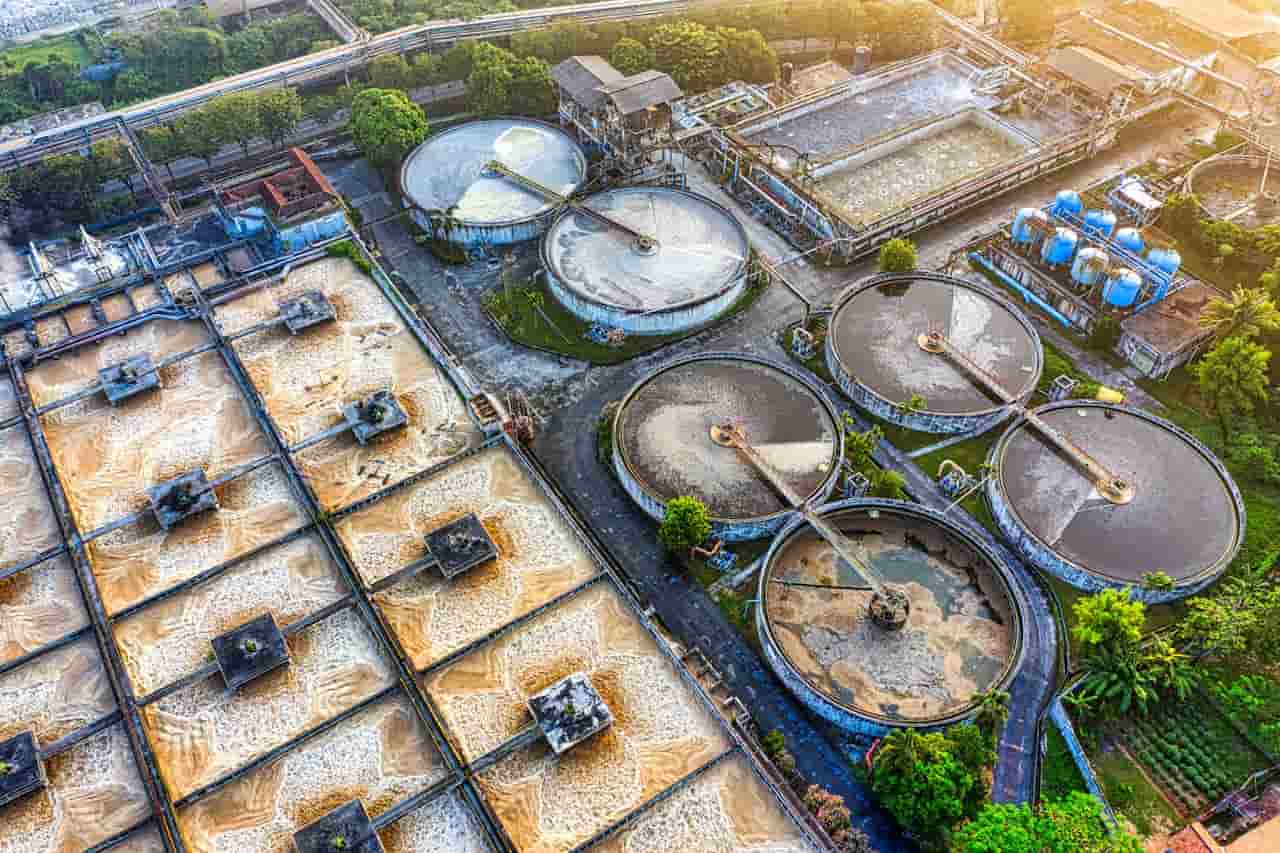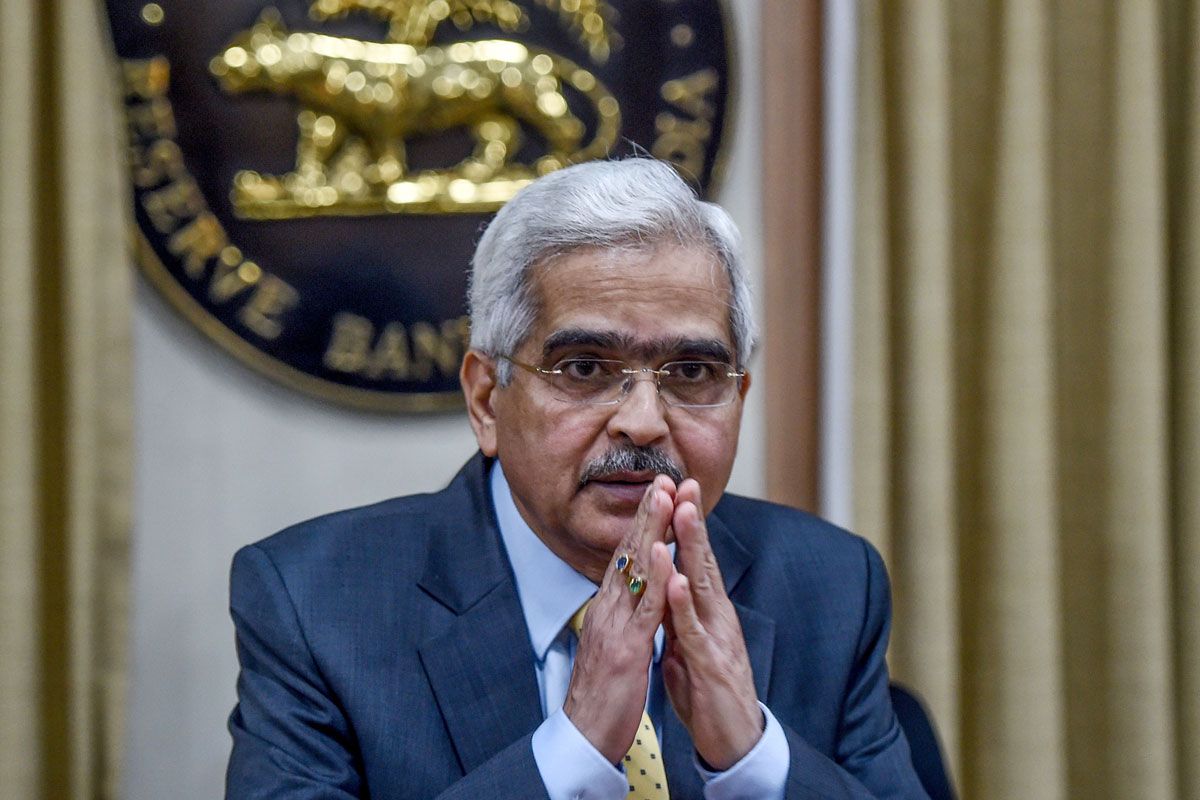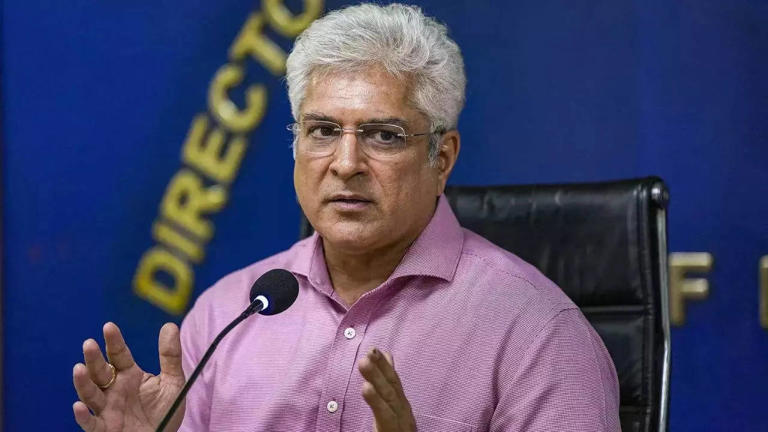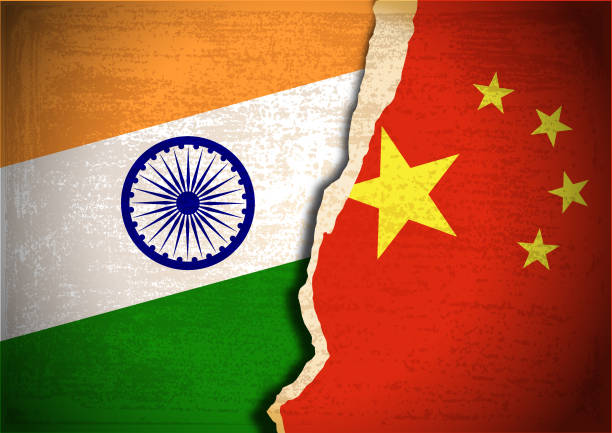Home / world / India's Space Program: A Frugal Success Story Paving the Way to the Stars
India's Space Program: A Frugal Success Story Paving the Way to the Stars
By: My India Times
2 minutes read 128Updated At: 2024-11-05
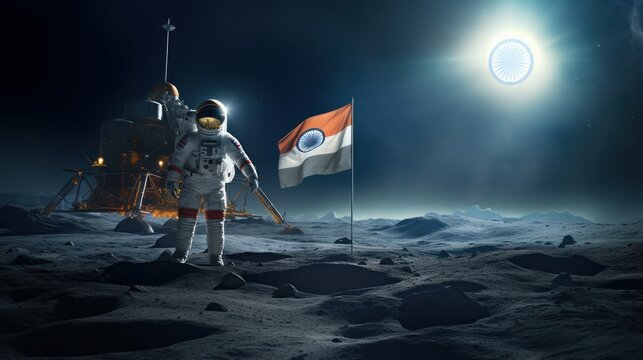
India’s space journey has always been defined by its ability to achieve the extraordinary with a modest budget. With the Indian government recently announcing a record allocation of 227 billion rupees ($2.7 billion) for future space projects, India’s space program, led by the Indian Space Research Organisation (ISRO), continues to capture the world’s attention with its cost-effective approach. This funding will support India's ambitious plans, including the next phase of the Moon mission, a Venus orbiter, the construction of its maiden space station, and the development of a reusable, heavy-lifting rocket to launch satellites. These ventures underscore ISRO’s remarkable efficiency and its ability to make strides in space at a fraction of the cost of other space agencies.
India's Mars orbiter, Mangalyaan, launched in 2014, cost just $74 million, while the Chandrayaan-3 mission in 2022—responsible for India’s historic Moon landing near the lunar south pole—came in at $75 million. To put this into perspective, NASA’s Maven Mars orbiter cost $582 million, and even Russia’s Luna-25 lunar mission, which crashed on the Moon, cost $133 million.
The roots of ISRO’s frugal innovation stretch back to the 1960s, when the program's founder, Dr. Vikram Sarabhai, convinced the Indian government that a space program could provide significant practical benefits to a developing country like India. In an era when the country struggled to meet basic needs, Sarabhai argued that satellites could transform agriculture, education, and disaster management. This approach gave rise to an organization deeply rooted in efficiency and creative problem-solving.
The spirit of ISRO’s early years is captured in iconic photographs from the 1960s and 70s, showing scientists transporting satellite parts on bicycles and bullock carts. Despite its limited budget, the organization has consistently delivered groundbreaking work, from confirming the presence of water on the Moon with the Chandrayaan-1 mission to Mangalyaan’s detection of methane on Mars—a potential marker of biological activity. Images and data from Chandrayaan-3’s Moon landing continue to be studied worldwide, marking another significant scientific contribution.
One key factor behind ISRO’s cost-effectiveness is its reliance on indigenous technology. In 1974, when the West imposed an embargo on India following its first nuclear test, ISRO turned the restrictions into an opportunity, developing much of its own technology in-house. This led to substantial savings, as manufacturing costs in India are lower than in the U.S. or Europe, and the country has a wealth of engineering talent at competitive wages. ISRO’s commitment to home-grown solutions has allowed it to build expertise in various fields, from satellite technology to rocket propulsion, while keeping costs manageable.
Another hallmark of ISRO’s success is its systematic and incremental approach to space exploration. ISRO typically starts with smaller missions that serve as testbeds for future, more complex endeavors. This phased, iterative approach ensures that any learning from one mission directly informs the next, allowing it to mitigate risks and costs over time.
Looking ahead, India’s plans to build its first space station and reusable rockets signal a new chapter in its space journey. This trajectory mirrors the vision Sarabhai originally laid out: a space program not just for prestige but for tangible societal benefit and sustainable progress. With the world's gaze fixed on ISRO, India is not just a rising star in space; it is a model of how a resource-limited organization can achieve extraordinary goals through efficiency, innovation, and a commitment to national progress.
....India’s space journey has always been defined by its ability to achieve the extraordinary with a modest budget. With the Indian government recently announcing a record allocation of 227 billion rupees ($2.7 billion) for future space projects, India’s space program, led by the Indian Space Research Organisation (ISRO), continues to capture the world’s attention with its cost-effective approach. This funding will support India's ambitious plans, including the next phase of the Moon mission, a Venus orbiter, the construction of its maiden space station, and the development of a reusable, heavy-lifting rocket to launch satellites. These ventures underscore ISRO’s remarkable efficiency and its ability to make strides in space at a fraction of the cost of other space agencies.
India's Mars orbiter, Mangalyaan, launched in 2014, cost just $74 million, while the Chandrayaan-3 mission in 2022—responsible for India’s historic Moon landing near the lunar south pole—came in at $75 million. To put this into perspective, NASA’s Maven Mars orbiter cost $582 million, and even Russia’s Luna-25 lunar mission, which crashed on the Moon, cost $133 million.
The roots of ISRO’s frugal innovation stretch back to the 1960s, when the program's founder, Dr. Vikram Sarabhai, convinced the Indian government that a space program could provide significant practical benefits to a developing country like India. In an era when the country struggled to meet basic needs, Sarabhai argued that satellites could transform agriculture, education, and disaster management. This approach gave rise to an organization deeply rooted in efficiency and creative problem-solving.
The spirit of ISRO’s early years is captured in iconic photographs from the 1960s and 70s, showing scientists transporting satellite parts on bicycles and bullock carts. Despite its limited budget, the organization has consistently delivered groundbreaking work, from confirming the presence of water on the Moon with the Chandrayaan-1 mission to Mangalyaan’s detection of methane on Mars—a potential marker of biological activity. Images and data from Chandrayaan-3’s Moon landing continue to be studied worldwide, marking another significant scientific contribution.
One key factor behind ISRO’s cost-effectiveness is its reliance on indigenous technology. In 1974, when the West imposed an embargo on India following its first nuclear test, ISRO turned the restrictions into an opportunity, developing much of its own technology in-house. This led to substantial savings, as manufacturing costs in India are lower than in the U.S. or Europe, and the country has a wealth of engineering talent at competitive wages. ISRO’s commitment to home-grown solutions has allowed it to build expertise in various fields, from satellite technology to rocket propulsion, while keeping costs manageable.
Another hallmark of ISRO’s success is its systematic and incremental approach to space exploration. ISRO typically starts with smaller missions that serve as testbeds for future, more complex endeavors. This phased, iterative approach ensures that any learning from one mission directly informs the next, allowing it to mitigate risks and costs over time.
Looking ahead, India’s plans to build its first space station and reusable rockets signal a new chapter in its space journey. This trajectory mirrors the vision Sarabhai originally laid out: a space program not just for prestige but for tangible societal benefit and sustainable progress. With the world's gaze fixed on ISRO, India is not just a rising star in space; it is a model of how a resource-limited organization can achieve extraordinary goals through efficiency, innovation, and a commitment to national progress.
By: My India Times
Updated At: 2024-11-05
Tags: world News | My India Times News | Trending News | Travel News
Join our WhatsApp Channel













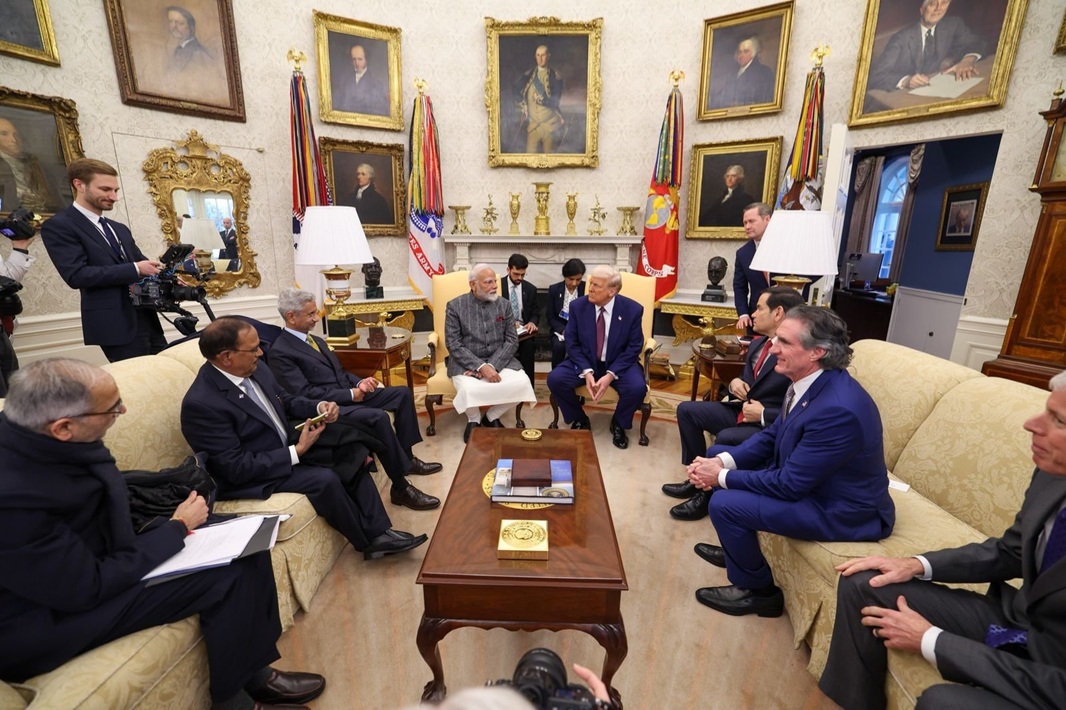







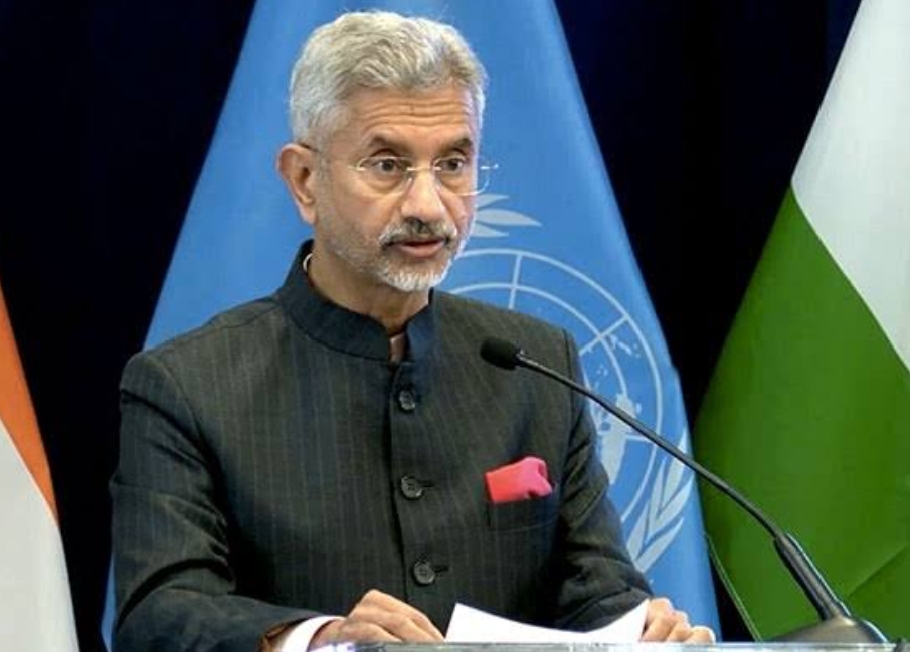























































.png)








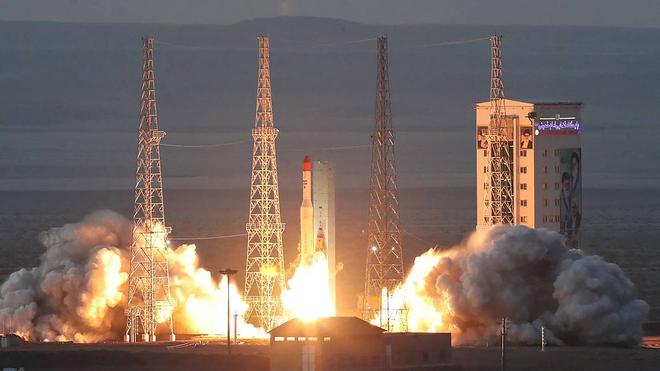

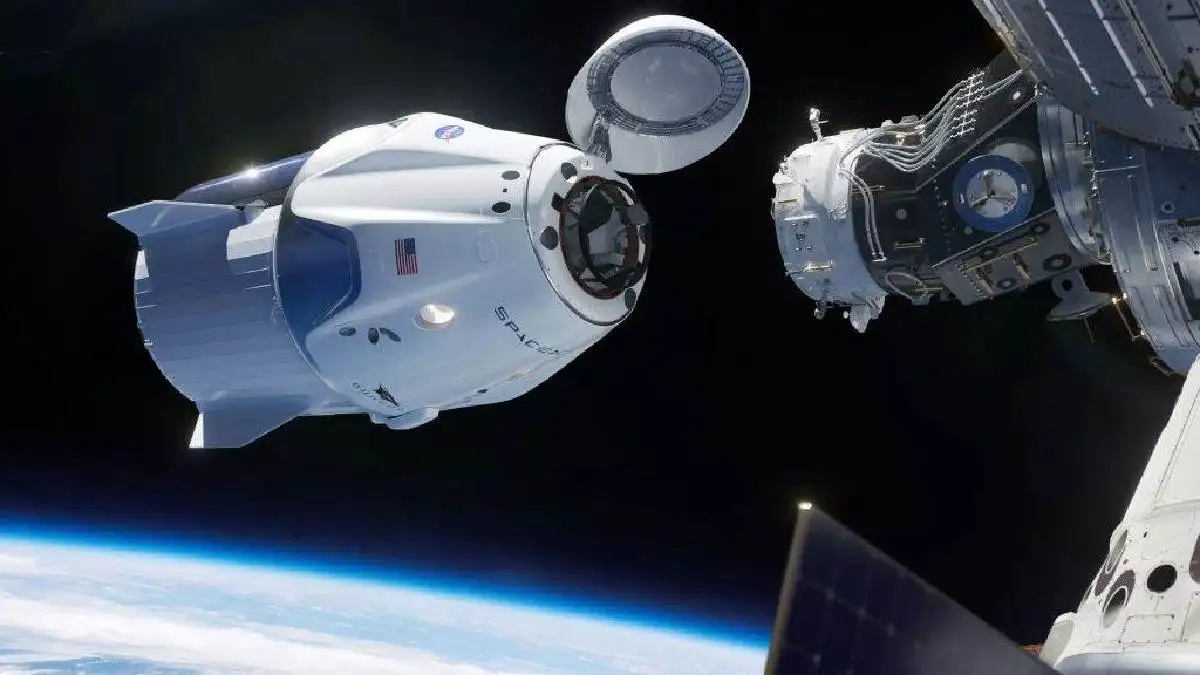


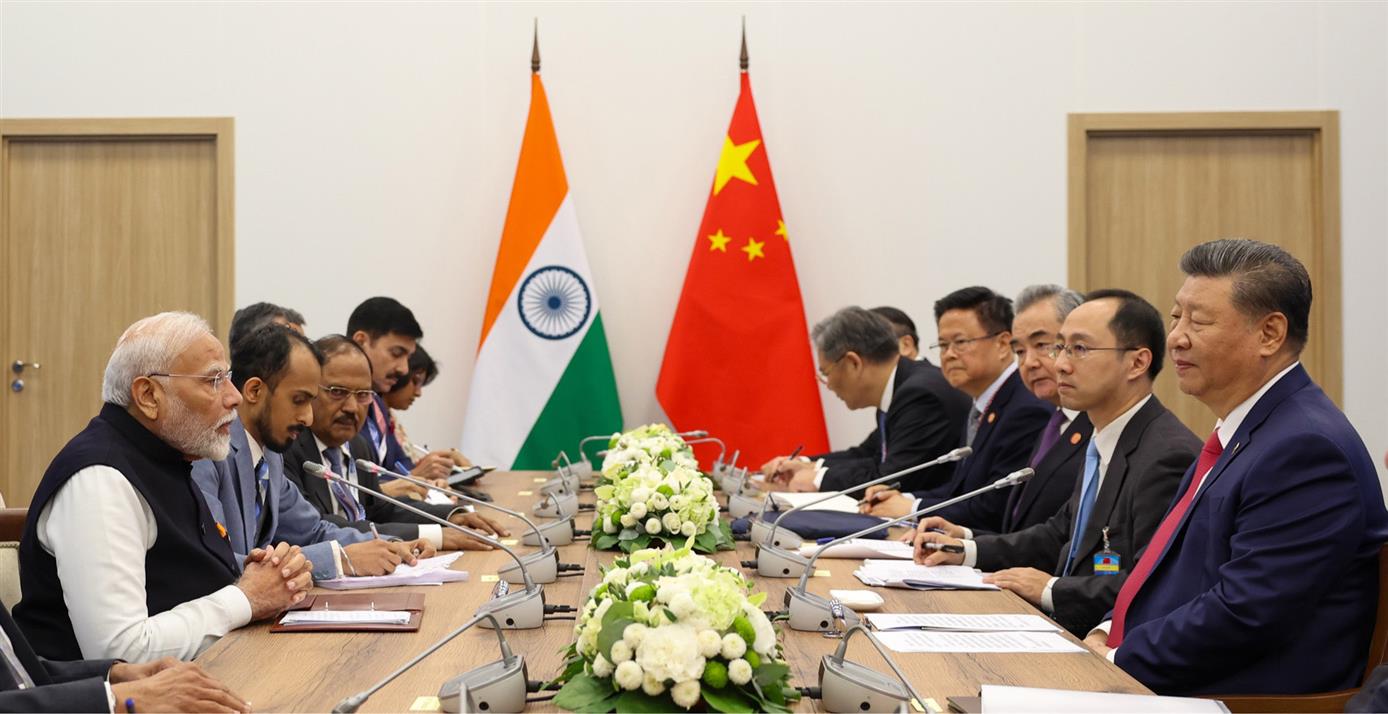




.png)

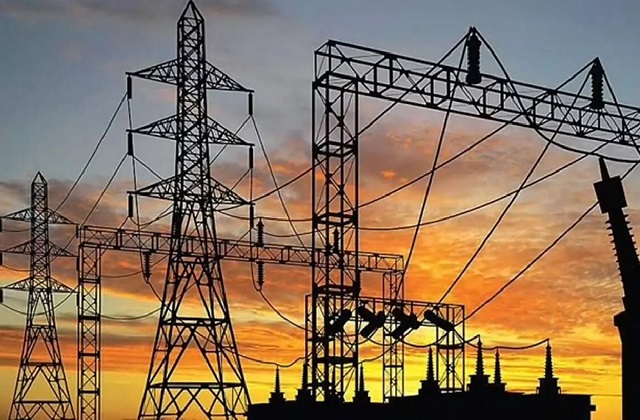





.jfif)


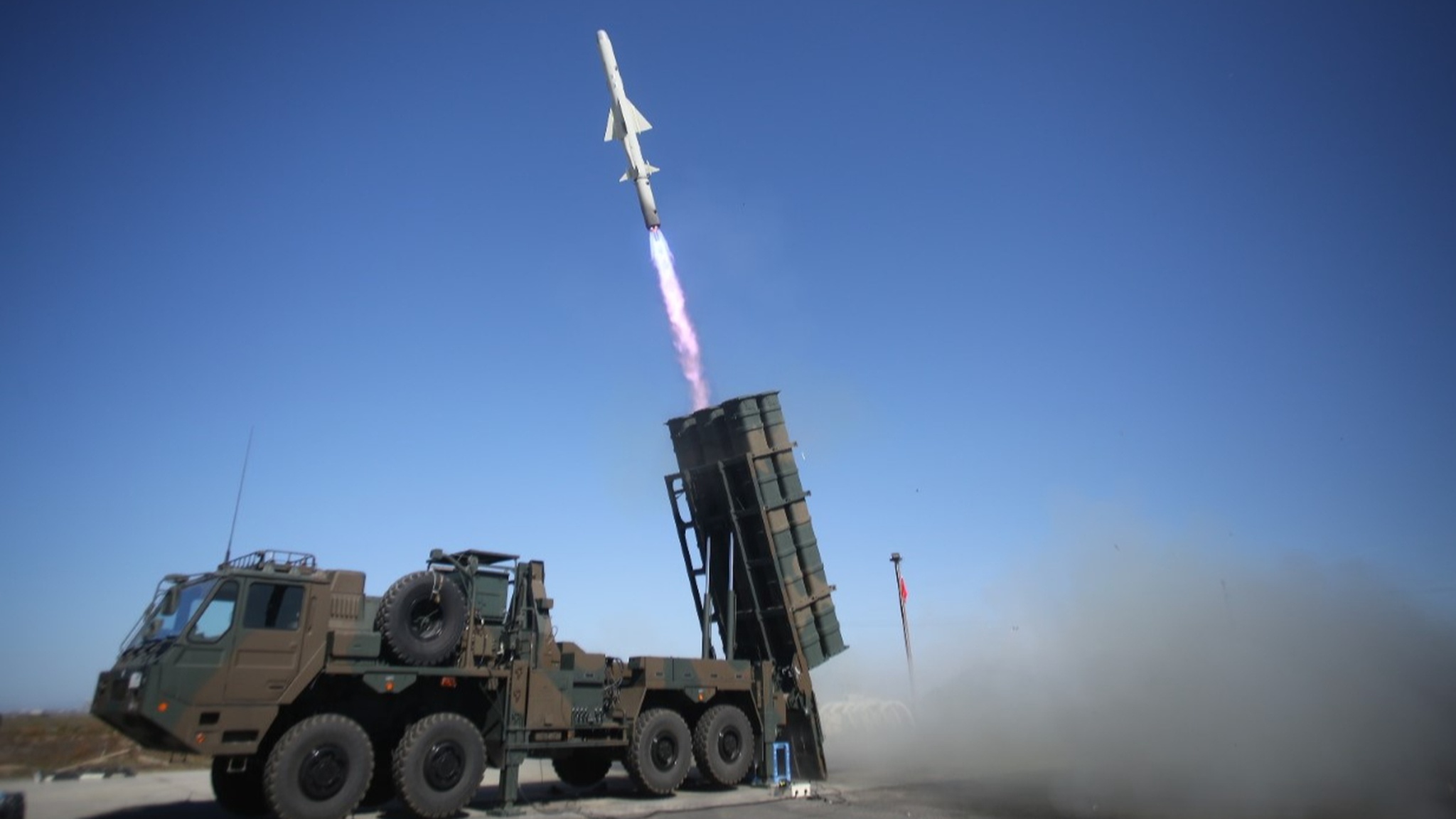































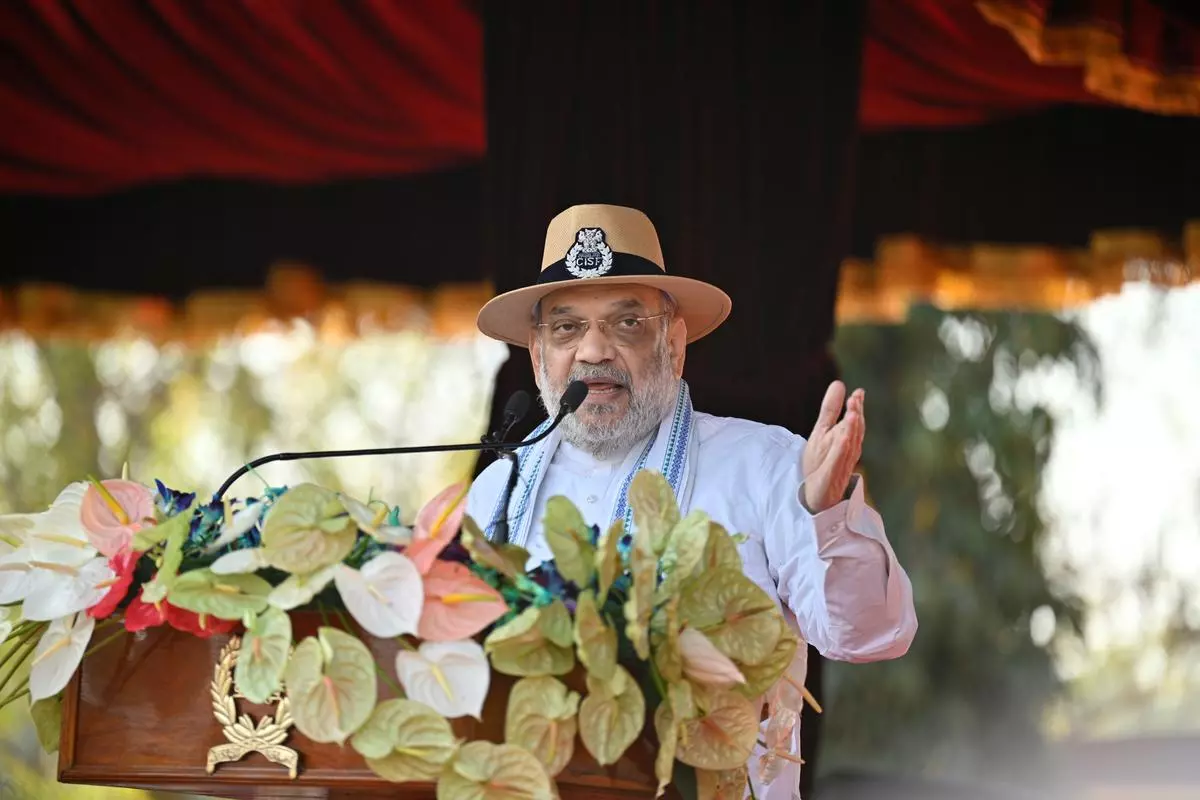





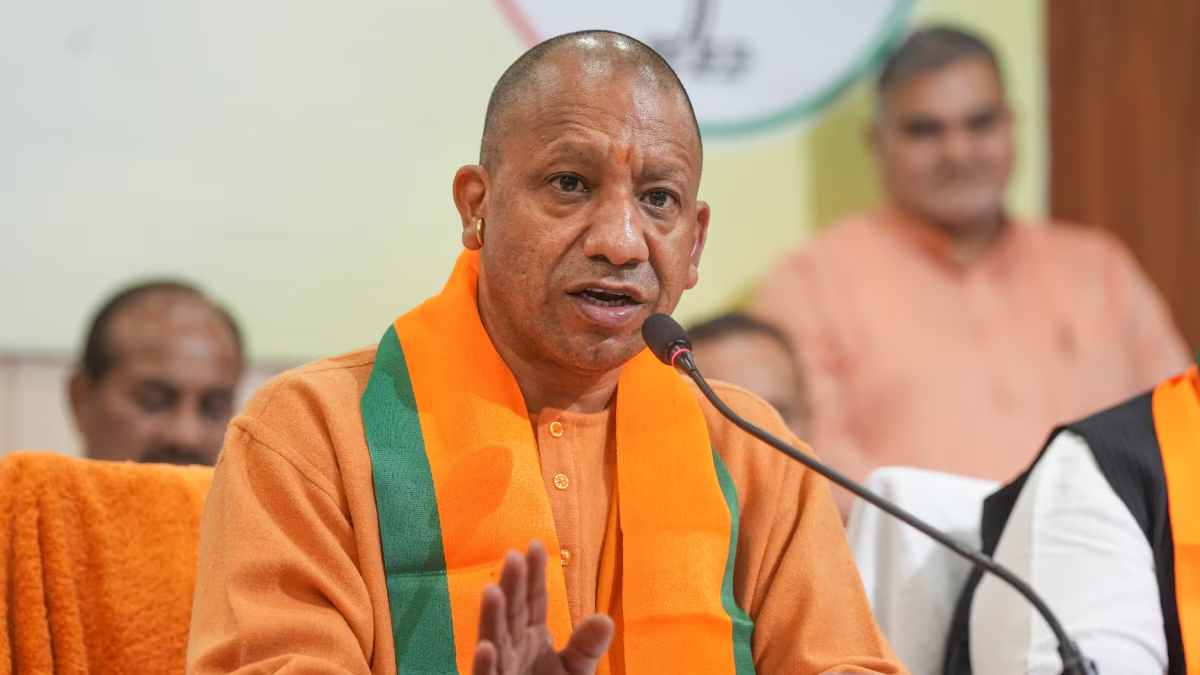
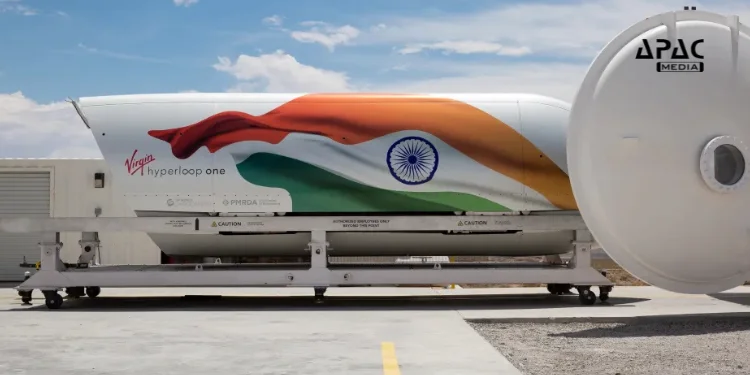
































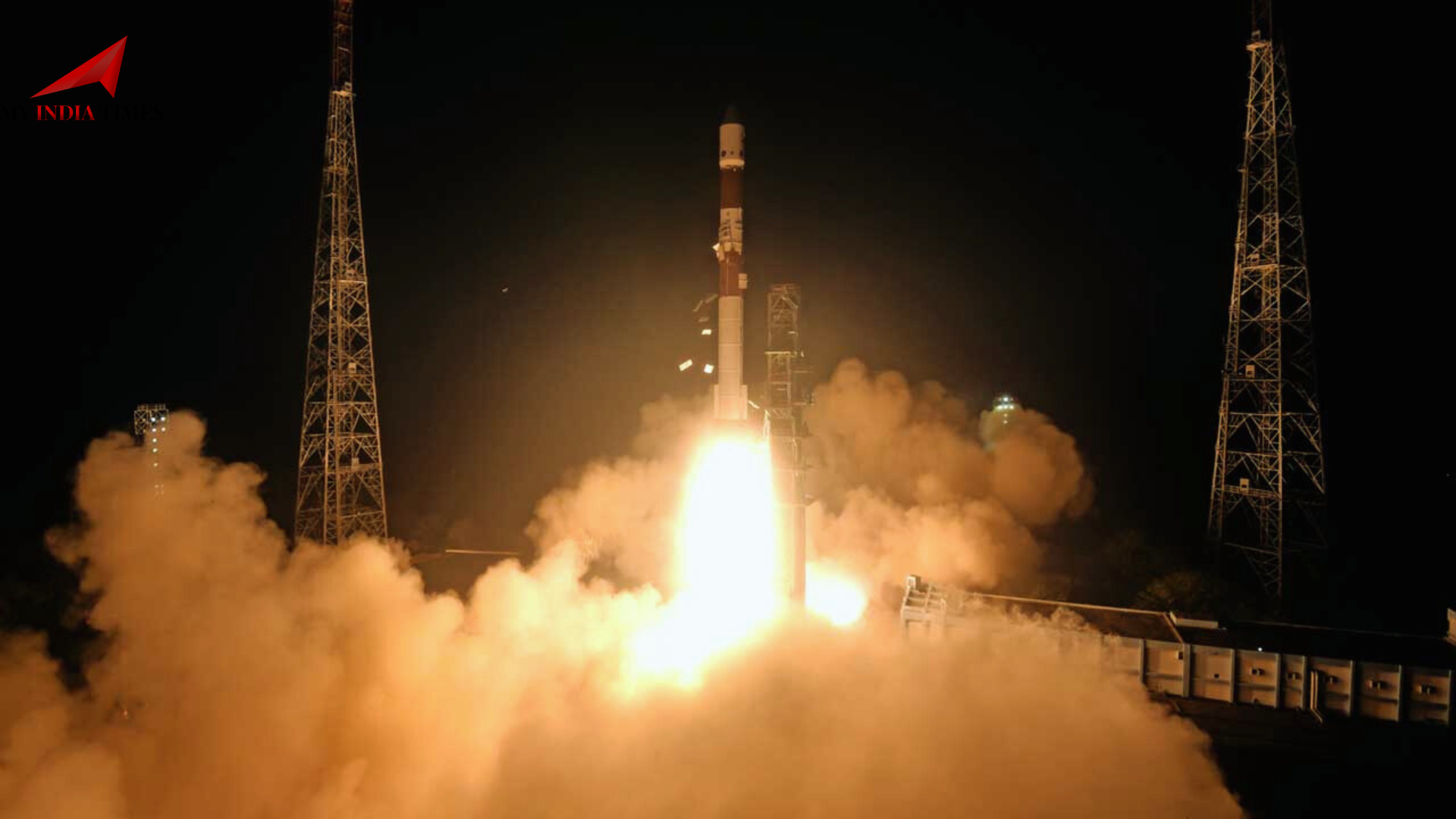

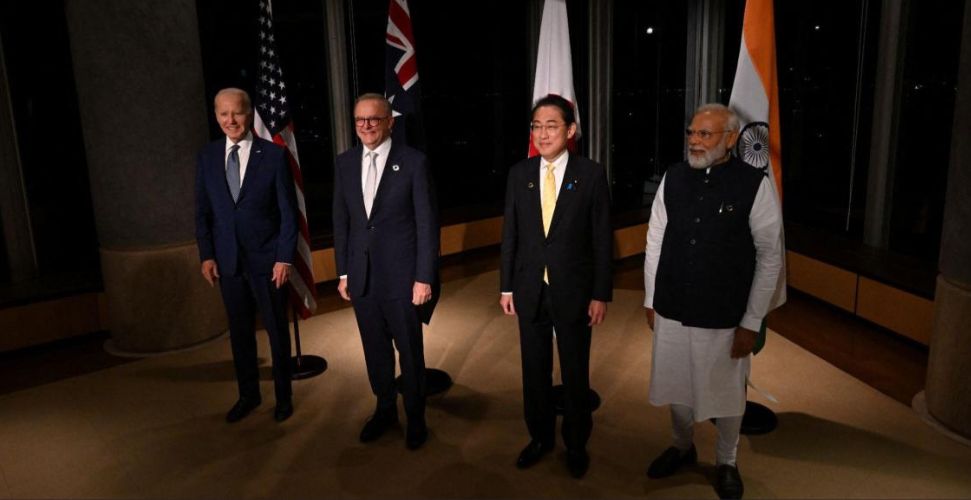


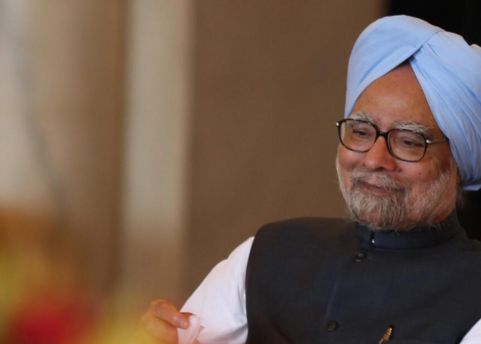

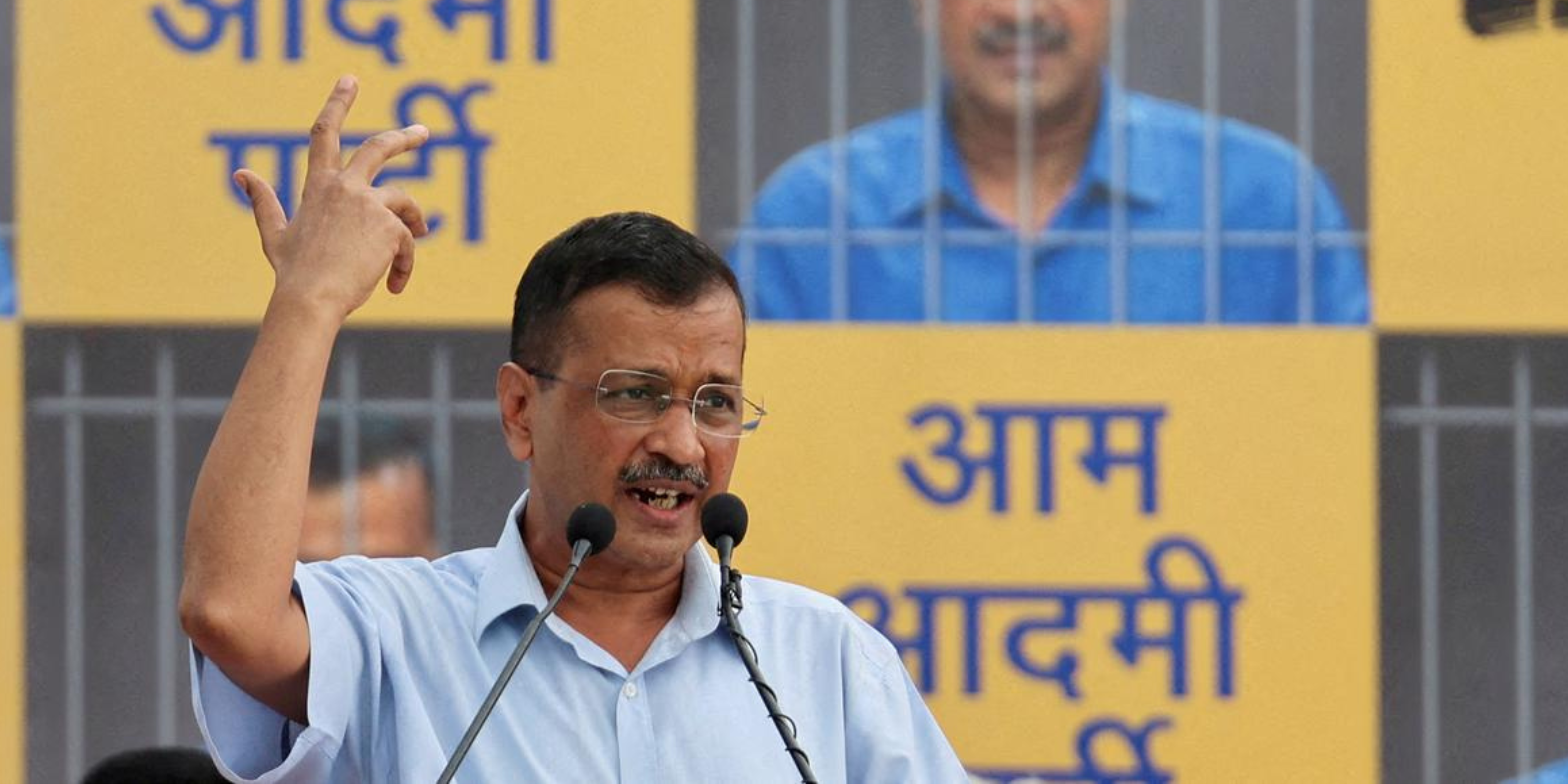

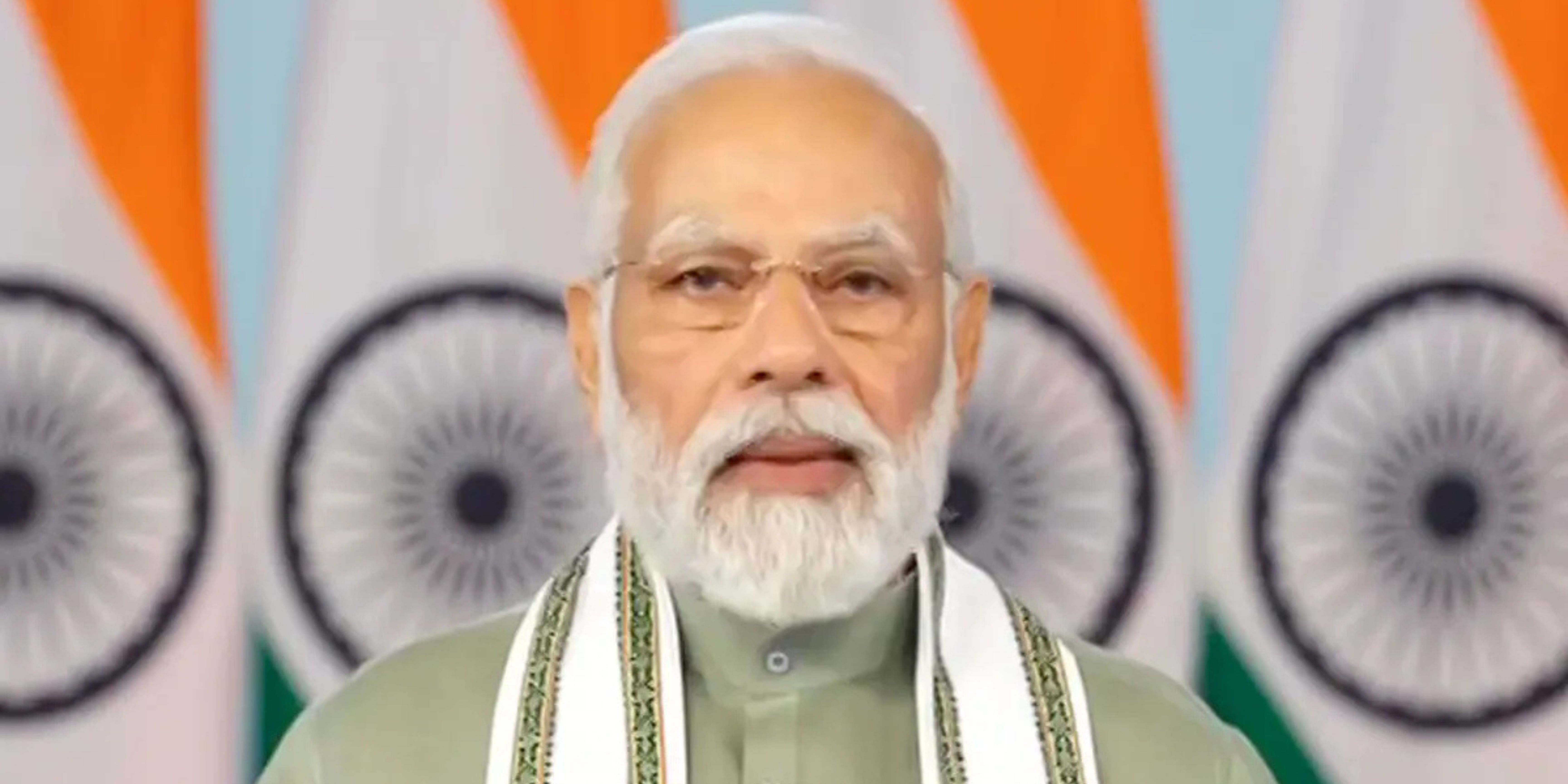






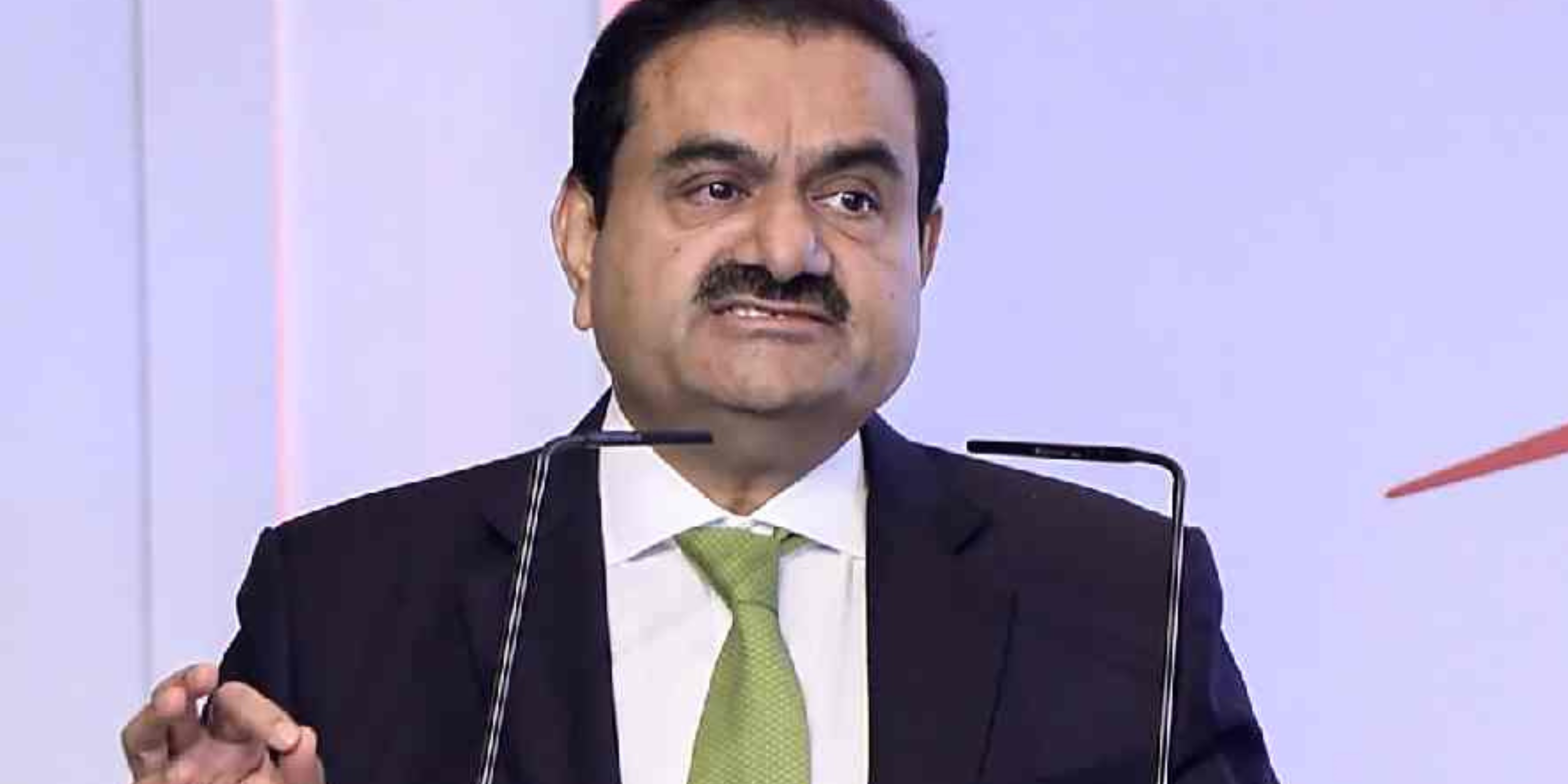



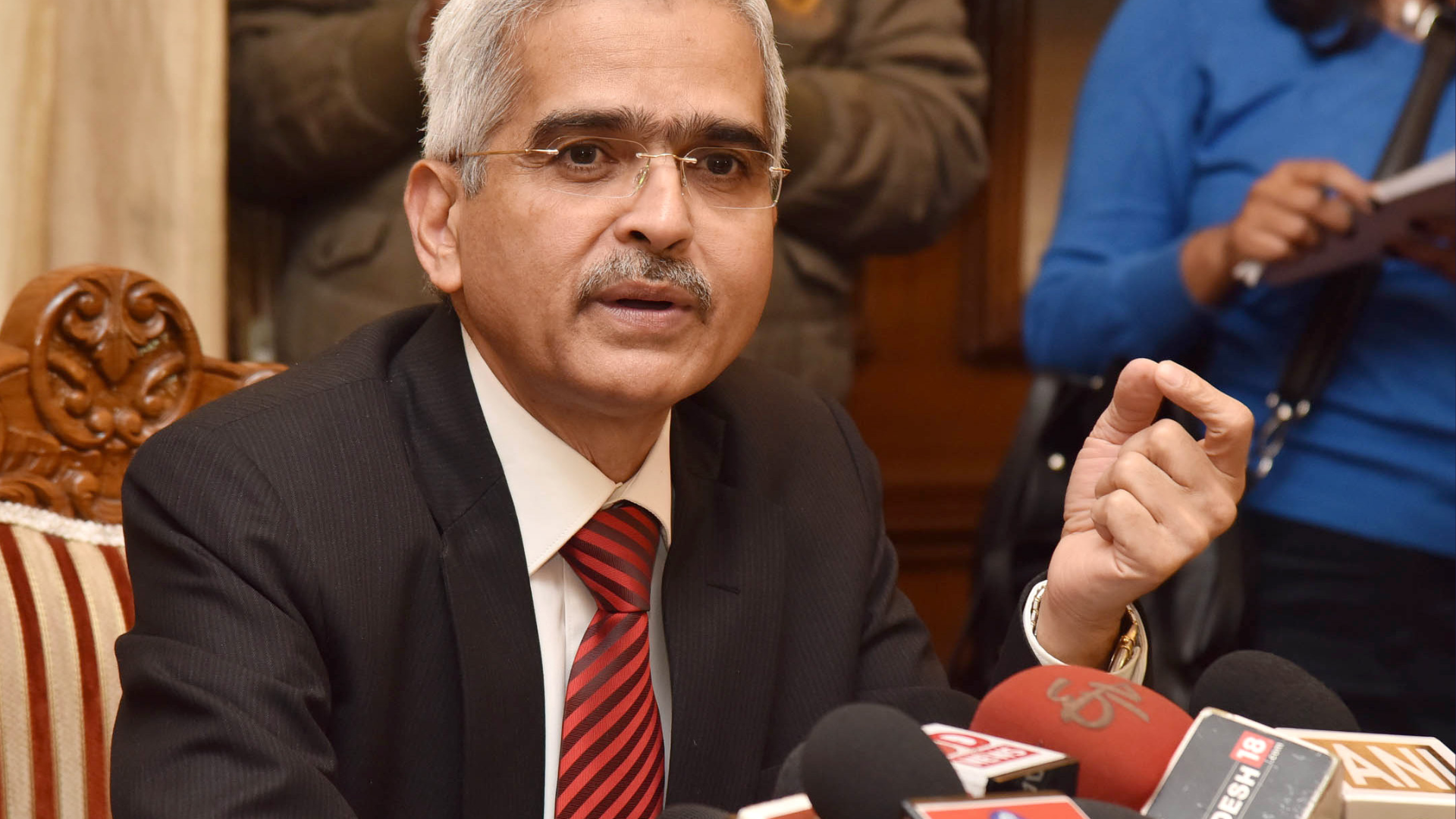






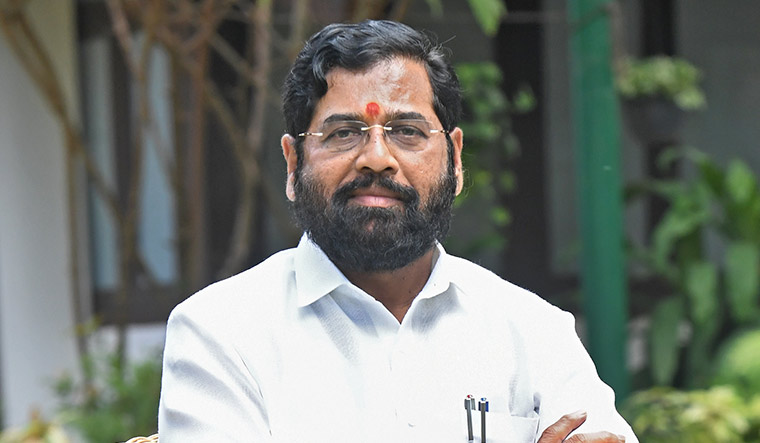
.png)
 (1).png)
